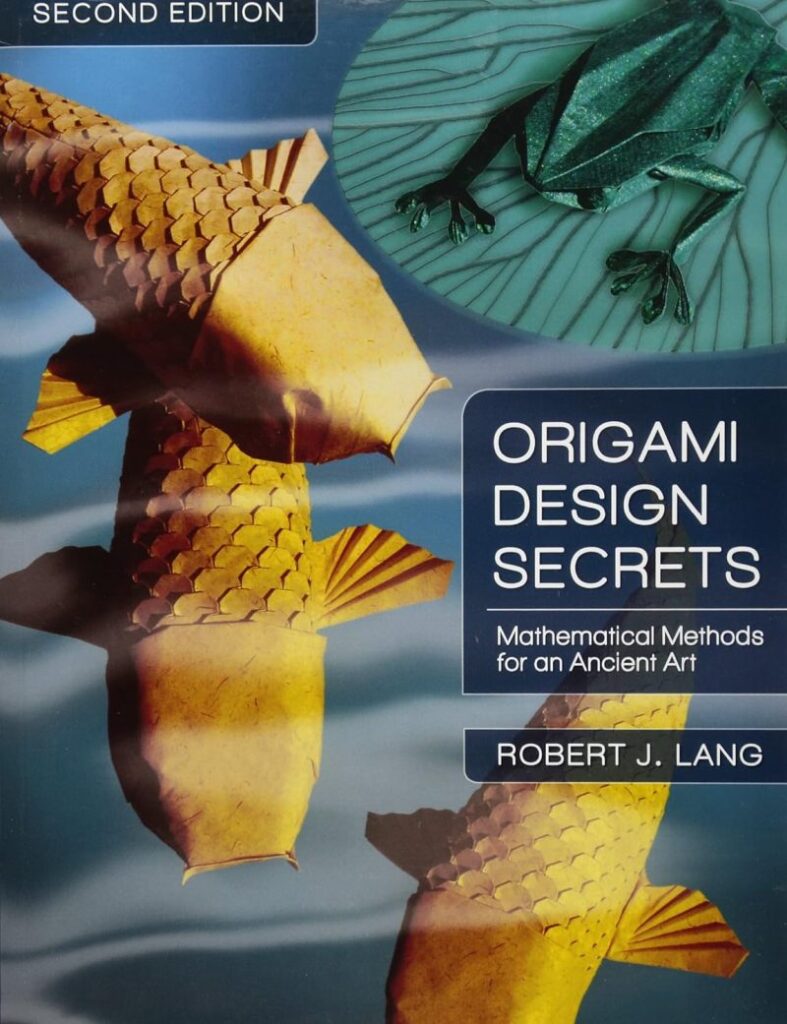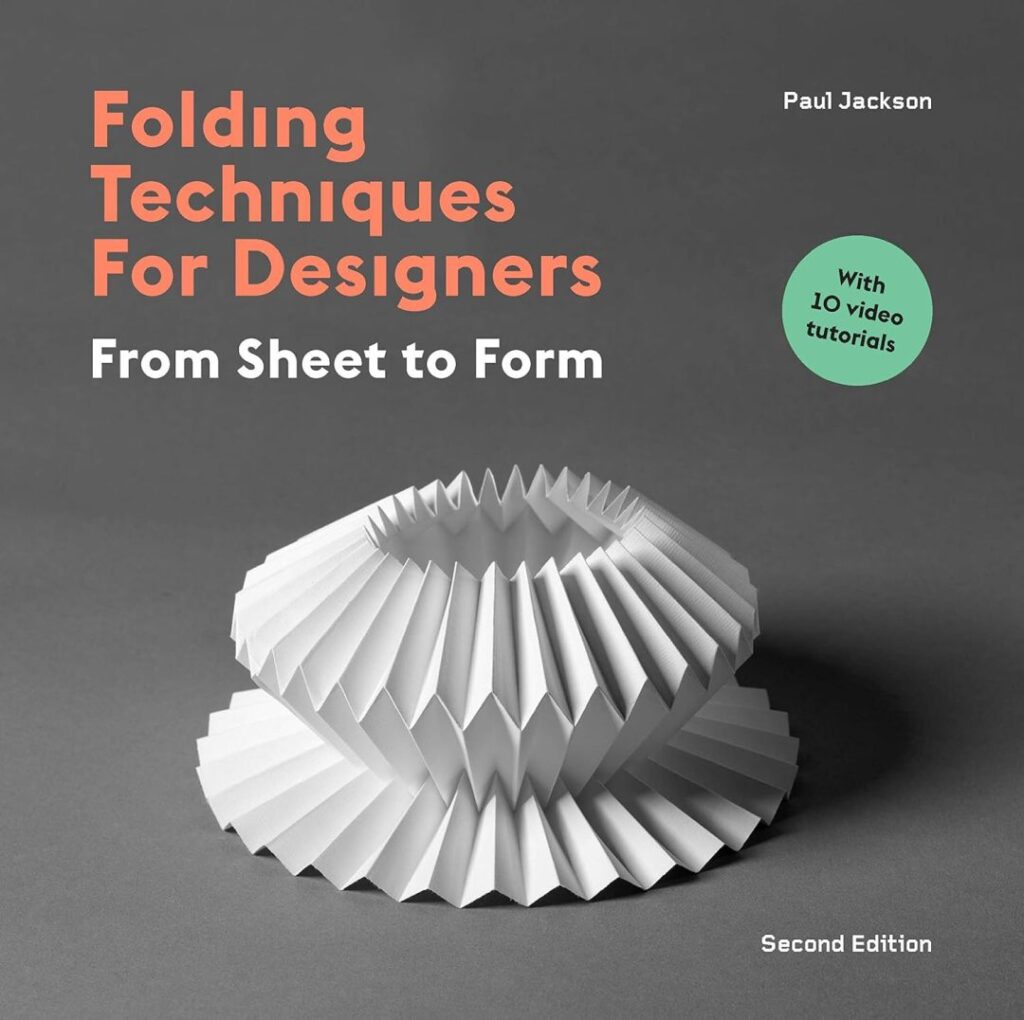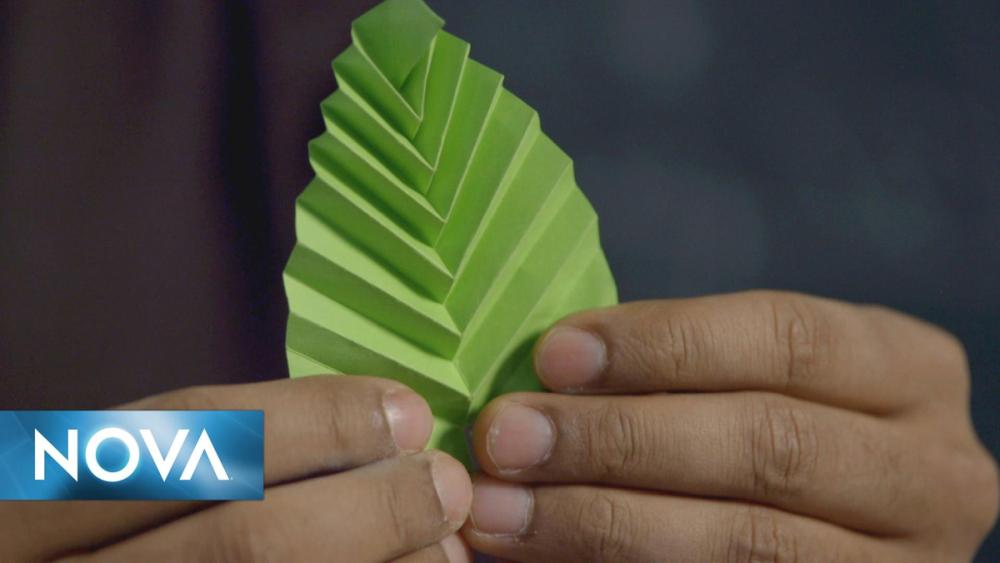Key Takeaways
- The documentary explores origami’s evolution from simple paper folding to a sophisticated art form.
- Modern origami artists push boundaries in complexity, realism, and artistic expression.
- Origami principles have unexpected applications in science, engineering, and mathematics.
- The art form balances technical mastery with creative meaning and emotional impact.
- Origami’s enduring appeal lies in its accessibility and ability to transform simple materials.
Between the Folds is 2008 documentary that explores the resurgent popularity of origami, the ancient art of paper folding.
Now streaming on Amazon Prime Video, the documentary won a 2010 Peabody Award for its creative exploration of origami’s modern renaissance. Director Vanessa Gould profiles world-renowned contemporary origami artists elevating paper folding craft into sophisticated fine art sculptures, mathematically complex geometric studies, and scientific research unlocking principles applicable from microscopic to cosmic scales. Between the Folds reveals origami’s deceptive depths, going far beyond initial perceptions of neatly folded paper cranes and frogs.
Alongside showcasing elite origami warped into intensely cerebral territories, most artists simultaneously return reverence towards the fundamental purity of an uncut square sheet infinitely transformable via folds. Between the Folds ultimately conveys origami’s beauty manifests through this accessibility and simplicity seeding boundless creativity.
Table of Contents
Overview of Featured Origami Artists
The documentary profiles several pioneering origami artists demonstrating cutting-edge techniques. It also showcases some unexpected mathematical and scientific connections enabled through origami design principles.
Akira Yoshizawa – Grandmaster of Modern Origami
The film pays homage to Akira Yoshizawa, considered the father of contemporary origami. Yoshizawa brought origami to an artistic form starting in the mid-20th century in Japan, elevating it beyond just children’s toys.
He invented wet folding techniques allowing more sculptural, rounded forms by dampening the paper while working on it. Yoshizawa also pioneered a minimalist diagram system using just arrowed illustrations to demonstrate complex folding techniques. His prolific output of over 50,000 origami models and diagrams over his life makes Yoshizawa an inspirational figure for all featured.
You can learn many of his models on the book Akira Yoshizawa, Japan’s Greatest Origami Master (A. Yoshizawa et al., Tuttle Publishing, 2016):

Michael LaFosse – Artisanal Paper & Realist Sculpture
Michael LaFosse stands out as one of the only paper art sculptors who creates his own origami material from raw fibers and pigments. LaFosse’s custom handmade sheets allow ultimate control over thickness, organic textures and colors that help emulate life-like qualities in his figural sculptures of animals and birds.
His partnership with Richard Alexander led them to found the Origamido Studio, provider of unique handmade papers tailored specifically for complex origami wet folding sculptures.
See more details of his work in Origamidō: The Art of Paper Folding (M. LaFosse, Rockport Pub, 2000):

Eric Joisel – Expressive Figurative Folder
In contrast, French artist Eric Joisel approaches origami from a more interpretive, emotional style perspective. Joisel creates almost caricature-like faces and figurines focused on expression over anatomical accuracy. His members seem to twist and dance with a lighthearted playfulness leaping off the page.
Joisel also pushes origami to monumental scales – some works use giant 25-foot squares of paper. Their sheer size makes the nuanced complexity of Joisel’s figures even more impressive. Tragically, Joisel passed away in 2010 at only age 53.
Robert Lang – Pioneer of Computational Origami Design
On the technical cutting edge of origami pushing boundaries furthest is Dr. Robert Lang, a former laser physicist turned professional paper folder. Lang helped pioneer the use of computer programs and algorithms to aid in designing extremely intricate origami compositions once inconceivable.
Some completed works involve hundreds of micro-folds and details only realistically foldable manually by Lang himself and perhaps a handful of other folders with endless patience and world-class dexterity. Lang views the constraints and laws governing origami as conceptually similar to thematic development techniques used compositionally in music or other arts.
One of his best books, with lots of mathematics and beatiful models, is Origami Design Secrets: Mathematical Methods for an Ancient Art (R.J. Lang, AK Peters, 2011):

Paul Jackson – “One Fold” Project & Working Within Creative Limits
Respected folder Paul Jackson explores the conceptual question “What can you create artistically from only one fold?” Through his “One Fold” project, Jackson talks about how coming up with interesting works within such extreme constraints can seem surprisingly freeing.
By limiting himself to just one crease, it removes any expectations or pressures that origami models need to achieve complex realism seen in say, Michael LaFosse’s representative sculptures referenced earlier. This “One Fold” project echoes approaches used famously by other artists like making an entire painting using a single color for example. Restrictions can boost creativity by focusing innovation around overcoming limitations.
See more recent explorations of Paul Jackson in his book Folding Techniques for Designers (P. Jackson, Lawrence Kings, 2022):

The Evolution of Complexity – Yoshizawa’s Pioneering Legacy
As the father of modern origami, Akira Yoshizawa has an immense legacy that still informs current paper folding artists and pushes the field’s evolution today.
Before Yoshizawa elevated origami to a recognized fine art form in the mid-1900s, most folding was fairly rudimentary – simple flat figures like a flapping crane or fortune teller made by children. Yoshizawa inspired 20th-century innovators to push origami into previously uncharted complex territories.
Sheer Number of Folds Reaching New Heights
One clear way complexity has grown over recent decades is in the sheer number of intricate folds required to diagram advanced origami models. In Yoshizawa’s time, most published diagrams only involved 20-30 steps from start to finish. By the 1980s and 90s, ambitious folders tackled designing models requiring 70-100 folds.
Nowadays some contemporary origami compositions use over 300 highly precise folds to complete a lifelike animal sculpture or mathematically-interesting form!
Artistic Details Once Impossible
By creatively incorporating techniques like Yoshizawa’s pioneering wet folding approach, modern artists can now achieve remarkable life-like qualities. For example, origami insects with delicate angular legs, texturedhide, and meticulous details on the head/body. Without Yoshizawa’s contributions establishing accessible paper manipulation methods, such intricate realism would not be possible.
Democratization Via Accessible Diagrams
Furthermore, Yoshizawa helped drive increased complexity by advancing paper folding notation systems. His elegant illustrated diagramming rather than dense written instructions enabled more casual hobbyists globally to learn sophisticated new models through their local origami clubs or books.
In this aspect, Yoshizawa foreshadowed the Internet’s pivotal role in spreading elite origami designers’ boundary-pushing techniques rapidly through diagrams and video tutorials. Now someone in a small rural town can easily access cutting-edge instructions from renowned artists to fold pieces far more complex than previous generations ever imagined.
Computational Origami Expanding Possibilities
Moreover, using powerful mathematics software coupled with computing technology allows elite folders like Robert Lang to meticulously plot out figures requiring hundreds of highly precise folds. Programs assist origami designers by handling much of the constraints and physics limitations that would prove impossible just by eye and hand alone.
Some thought leaders predict even more radical complexity gains in coming decades as computational origami techniques mature. Models needing thousands of intricate folds may become crease pattern reality for a select few master folders on the cutting edge. However, most practitioners agree that past a certain point, excessive folds risk losing meaning by becoming more about technical showing off rather than purposeful creative expression.
Still, within reasonable constraints, increased intricacy and realism has opened new realms of possibility for origami artists through building on Yoshizawa’s pioneering contributions formally establishing paper folding to be appreciated as a serious art rather than casual child’s play. What once was mostly relegated to kindergarten classrooms now rightfully commands spotlight in modern art galleries and scientific conferences today.

Balancing Technical Mastery With Meaningful Creativity
Between the Folds origami artists have varying perspectives on optimally balancing technical mastery with creative meaning. Some wondered – does advancing complexity/realism through more intricate folding inherently sacrifice emotional impact and substance?
Noted realism sculptor Michael LaFosse pushes technical capabilities to new heights, breathing astounding fine detail into paper interpretations of birds and animals. In contrast, abstraction artists like Paul Jackson purposefully foreground creativity over complex technique. Jackson believes folding within tight constraints actually leads inspiration towards more room for open-ended interpretation and viewer engagement.
Other veteran folders like Robert Lang or Akira Yoshizawa strike more of a middle path balance between technical and emotional elements, arguing both can harmoniously coexist. They draw parallels to how musicians practice scales expanding technical skills then applied creating richly expressive melodic compositions later. Perhaps Yoshizawa’s pioneering of wet folding itself demonstrates origami complexity as an artistic tool benefiting future subtlety and nuance once methods propagate across practitioners.
There are analogous tensions seen in art history with new styles like Impressionism initially facing backlash from institutions valuing precise representational realism and mastery of painting technique over stand-alone beauty. Similarly, origami may organically bifurcate into two very different art branches that still cross-influence one another despite contrasting philosophies on display in Between the Folds.
The future likely holds space for left-brained folders attracted toward systematic complex math/algorithms paired with right-brain dominants using pure intuition and abstraction. Origami’s vast diversity emerges richer from both ends balancing out while collectively pushing boundaries.
Unexpected Connections Across Science, Math, Engineering & Nature
Perhaps most shockingly to outsiders, Between the Folds reveals some cutting-edge, incredibly high-tech applications emerging from seemingly basic paper folding. Origami theories and techniques have crossed over powerfully into engineering realms for designing optimal solutions across industrial, medical, aerospace, and natural science spheres – often at massively immense or microscopic size scales despite originating from small sheets of paper.
For example, folding principles aid airbag designs for optimizing between effective volume inflation and compact dashboard storage columns pre-deployment. Engineers leverage origami crease patterns to reliably collapse then explosively re-expand airbags upon detecting crashes faster than blinking.
Relatedly, unmanned space telescopes benefit from origami too – folding enables immense light-collecting lenses and solar panels to tightly pack within narrow rocket payload shrouds. These components then reliably deploy origami-style once entering orbit.
Medical and Microscopic Folding
Between the Folds also explores origami nanotechnology breakthroughs like bio-inspired self-assembling folded designs. MIT’s Dr. Erik Demaine has pioneered applying origami theory for reliably folding medical proteins to fight diseases. His developments could enable custom drug design for targeting HIV or generating microscopic robots delivering targeted anti-cancer agents.
On the math theory side, Dr. Tomohiro Tachi has helped develop computational origami models around efficiently solving the “napkin problem.” This includes a pizza slice that can transform fold-by-fold into a neatly wrapped square leftover without tearing or stretching the dough. This field has intriguing applications ranging from everyday to aerospace.
Origami in Nature & Science
Moreover, the natural world inherently replicates origami-esque folding processes from microscopic to cosmic scales. Petals, butterflies, foothills cascading into mountain ridges, twists in plant stems and seed pods… Even the very paper we manipulate for origami itself contains wood fibers hammered and pressed into flattened pulp sheets during manufacturing.
Beyond being just a decorative pastime, origami thus intersects broader scientific reality through profound ways still being uncovered. As evidenced by research showcased in Between The Folds, folding dynamics provide a rich playground for mathematicians and engineers to model nature’s mysteries. Partnerships with applied science disciplines yield increasing dividends as computational power grows.

Origami’s Enduring Beauty Through Simplicity
While Between the Folds stretches minds with elite origami elevated to incredibly sophisticated technical levels, most featured artists maintain origami’s deepest beauty manifests through simplicity and accessibility.
We probably all experimented folding basic paper cranes, flapping birds or fanned fortune tellers as children. That nostalgia persists, tugging heartstrings for what origami represents – a vehicle for anyone anywhere to unlock creativity, mindfulness and shared joy with just paper and hands.
Even 15 years after initial release, with exponential developments continuing in the field, Between the Folds still delivers lasting value as essential viewing for any origami enthusiast today. The documentary stands out not just for highlighting radical complexity explosions on the cutting edge, but for spotlighting how the best artists in origami still find primordial beauty rooted in the humble square sheet turned 3D sculpture through folds. For origamists new and established alike, Akira Yoshizawa’s core philosophy to spread origami’s centering practice globally as an accessible vehicle embracing imagination remains an obligation worth revisiting.




